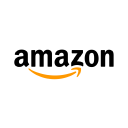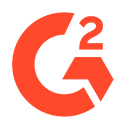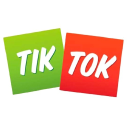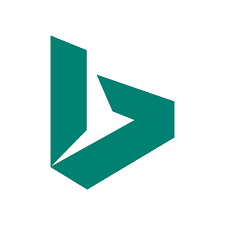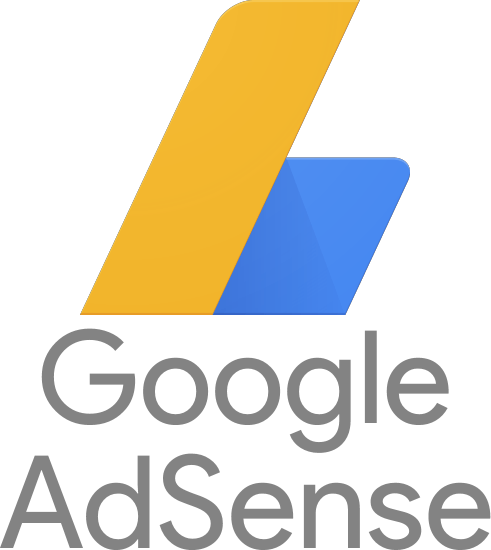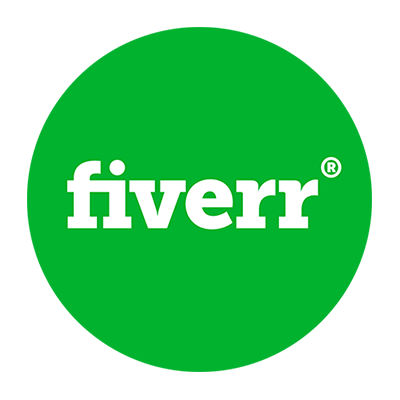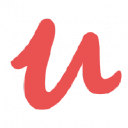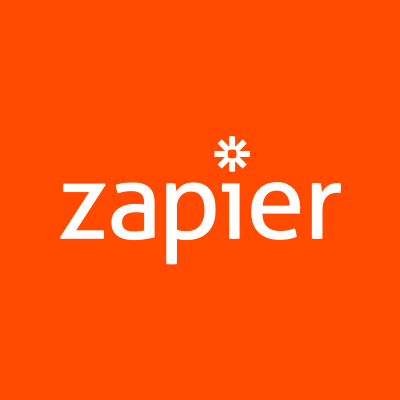How We Built Aithor - A $1M/Month AI Writing SaaS
Hello! Who are you and what business did you start?
Hey! I’m Dmitry Afonov, the founder of Aithor – an AI-writing assistant for students. Aithor helps with research, essay planning, sourcing trustworthy references, and adhering to specific types of writing. We are now transforming into a multitool for handling routine tasks, allowing our users to focus more on their creativity and talent.
Some people compare us to ChatGPT, asking why we are better, so just take a look at this…

Our flagship product is an AI writing assistant designed to help students write excellent papers and coursework. We take care of routine tasks, so that students can focus on their creativity and talent.
We are now expanding to a multitool solution for academic professionals, content creators, marketers, and managers to help them minimize the time spent on routine tasks and maximize their time for...

Download the report and join our email newsletter packed with business ideas and money-making opportunities, backed by real-life case studies.

Download the report and join our email newsletter packed with business ideas and money-making opportunities, backed by real-life case studies.

Download the report and join our email newsletter packed with business ideas and money-making opportunities, backed by real-life case studies.

Download the report and join our email newsletter packed with business ideas and money-making opportunities, backed by real-life case studies.

Download the report and join our email newsletter packed with business ideas and money-making opportunities, backed by real-life case studies.

Download the report and join our email newsletter packed with business ideas and money-making opportunities, backed by real-life case studies.

Download the report and join our email newsletter packed with business ideas and money-making opportunities, backed by real-life case studies.

Download the report and join our email newsletter packed with business ideas and money-making opportunities, backed by real-life case studies.

